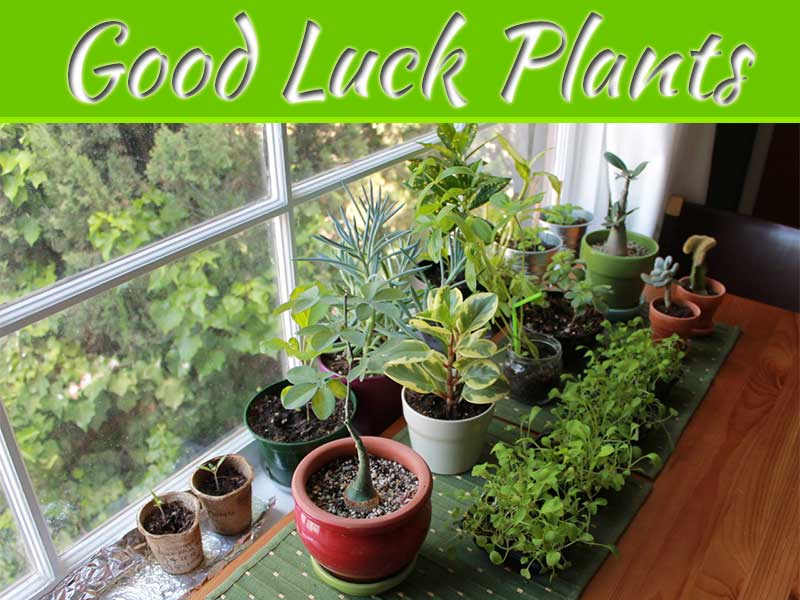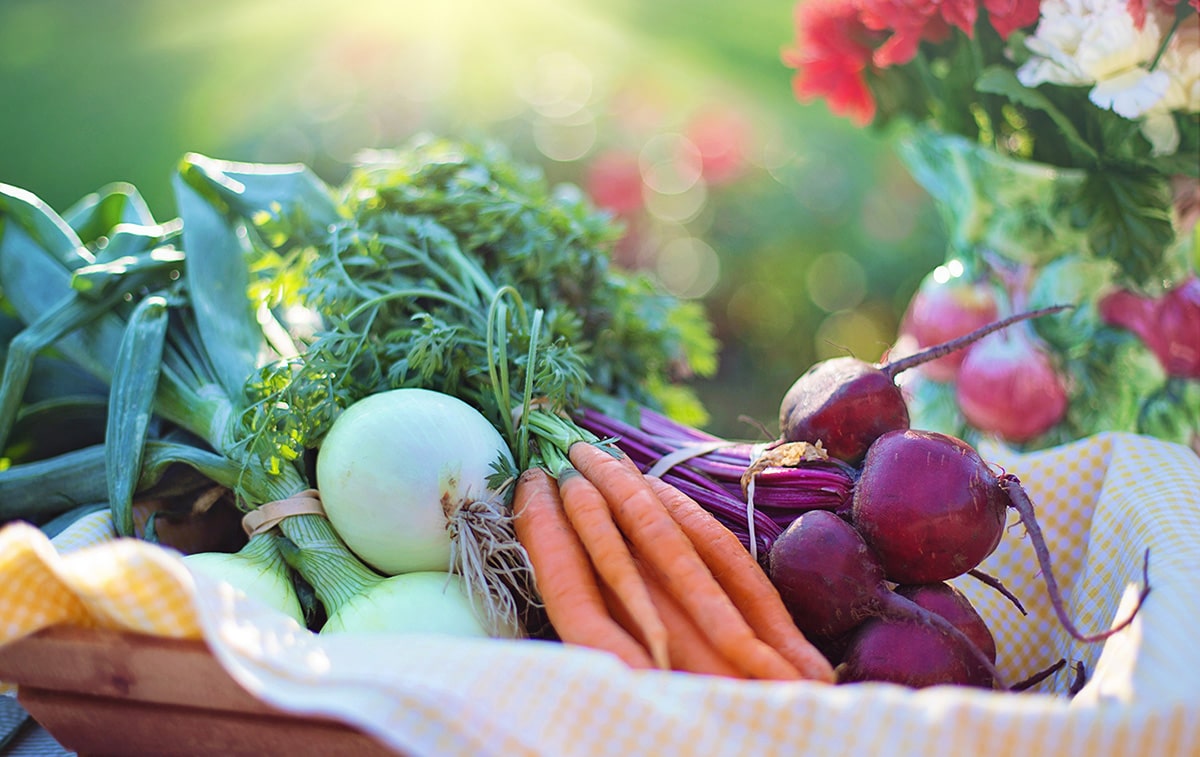Indoor plants have been a big part of our lives in lockdown and our communities have benefited from the therapeutic benefits of keeping a little patio garden. Homes have adapted with many rooms filled with several plants. Plants not only bring life and beauty but the act of caring for them is rewarding and an act of mindfulness. We see more and more people are experiencing the joy of living with greenery and it appears to be a trend that is here to stay.
The newest trends to watch for this year are flowering plants, edible plants and indoor trees will be the favourites. Distinct planters will become a major trend with indoor plants.. We might see plenty of rich tones and colours with planters. Comforting colours like terracotta, greens and browns will become staples to our home decor. Cute animal planters will still be popular this year, which you can find over 30 different style aniamls at Printhousedesign1 on etsy along with tillandsia air plant to accompany the planter.
Variegated plants will be celebrated for their distinctive look in 2022 with Pothos or English ivy which have leaves that look like a work of art. Sporting the prettiest of flowers, stunning orchids will need plenty of bright light to bloom and be the spotlight in any room. Ferns are a beautiful and relatively easy plant to grow and maintain and are fantastic for shady and low-light areas, which can be perfect in an apartment or office environment. The banana plant, with their large green leaves, these luscious plants will add a touch of the tropics to your decor. They grow quite tall, choose a dwarf variety for indoors unless you have soaring ceilings and want to create a jungle theme room.
Whatever trend takes your fancy, why not embrace the fresh start of the new year to bring some fresh new leafy greens into your home.





